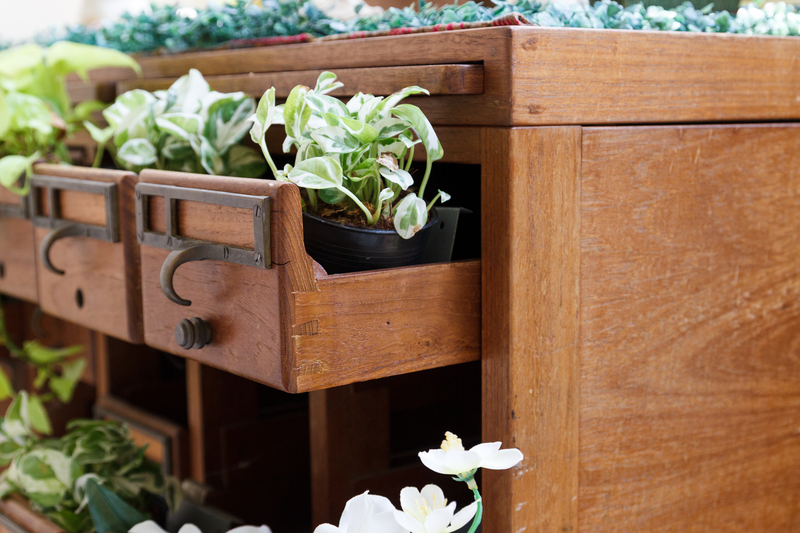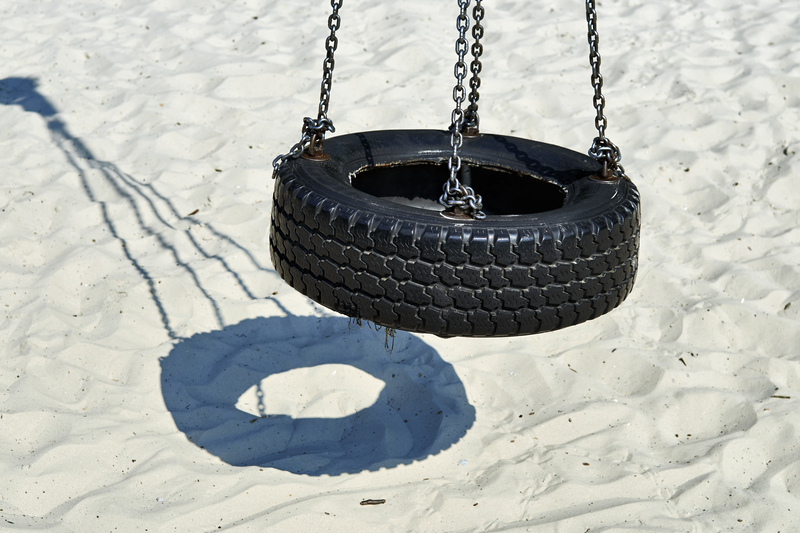Skip Bag Measurement Guide
Posted on 22/07/2024
When it comes to managing waste efficiently, skip bags offer a highly convenient and flexible solution. They come in various sizes and understanding their measurements is crucial for choosing the right one that meets your needs. This guide will walk you through everything you need to know about skip bag measurements, from the smallest to the largest sizes available in the market.
Understanding Skip Bag Sizes
Skip bags are typically measured in cubic yards. Each size is designed to meet specific waste disposal needs, from household clean-ups to large construction projects. Knowing the measurements helps you to avoid overfilling or underutilizing the bags, which could lead to additional costs or inefficiencies.

Common Skip Bag Sizes
There are several standard skip bag sizes available. Here's a breakdown of the most common (All measurements are approximate and may vary slightly by manufacturer):
- Mini Skip Bags (1-2 Cubic Yards): Ideal for small domestic projects such as garden waste, DIY projects, and small-scale household clearances.
- Midi Skip Bags (3-4 Cubic Yards): Perfect for medium-sized projects like bathroom or kitchen refurbishments, mid-level garden projects, and general household waste.
- Large Skip Bags (5-6 Cubic Yards): Suitable for larger home renovations, full garden clearances, and medium-sized construction projects.
- Maxi Skip Bags (7-8 Cubic Yards): Used for significant construction projects, large home renovations, and clearance of bulky items.
Factors to Consider When Choosing a Skip Bag
Choosing the right skip bag goes beyond just understanding their measurements. Here are some other factors to consider:
- Type of Waste: Different types of waste have different disposal requirements. Make sure the skip bag you choose is appropriate for the type of waste you're disposing of, whether it's garden waste, household waste, or construction debris.
- Space Availability: Ensure you have sufficient space to store and fill the skip bag. Measure the area and match it with the skip bag dimensions.
- Local Regulations: Some areas have regulations regarding waste disposal and skip bag placement. Check with your local authorities to ensure compliance.
Tips for Using Skip Bags Efficiently
Proper usage of skip bags can save you both time and money. Here are some tips to get the most out of your skip bag:
- Plan Ahead: Determine the amount of waste you'll generate before choosing a skip bag size. Overestimating or underestimating can lead to inefficiencies.
- Fill Evenly: Distribute the waste evenly within the bag to maximize its capacity and make it easier to transport.
- Avoid Overfilling: Overfilled bags can lead to additional charges or difficulties in transportation. Adhere to the fill level indicator on the bag.
- Sort Your Waste: Separate recyclable materials from general waste to make disposal easier and more environmentally friendly.
Pros and Cons of Using Skip Bags
Like any waste disposal solution, skip bags have their own set of advantages and disadvantages. Here's a quick overview:
Pros:
- Convenience: Easy to store and use; skip bags can be ordered online and delivered directly to your location.
- Flexibility: Available in various sizes to suit different needs, from small household projects to large construction jobs.
- Cost-effective: Generally cheaper than hiring a traditional skip, especially for smaller projects.
Cons:
- Weight Limits: Each skip bag has a weight limit, and exceeding this can result in additional charges.
- Limited Capacity: For very large projects, multiple bags may be required, which could potentially increase costs.
- Environmental Regulations: Some types of waste cannot be disposed of in skip bags and may require special handling.

Key Takeaways
Understanding skip bag measurements is essential for efficient waste disposal. Here are some key points to remember:
- Skip bags are measured in cubic yards; common sizes include mini, midi, large, and maxi.
- Choose a bag based on the type and amount of waste, space availability, and local regulations.
- Proper usage can save time and money; plan ahead and follow best practices for filling and sorting waste.
Conclusion
Skip bags offer a flexible, convenient, and cost-effective solution for waste disposal, making them ideal for a variety of projects. By understanding their measurements and considering other important factors, you can ensure that you choose the right skip bag for your needs, ensuring efficient and effective waste management.










